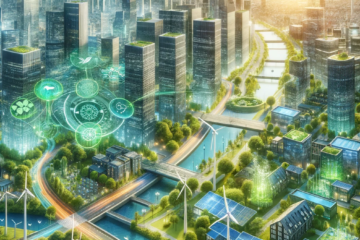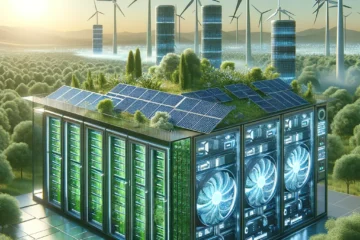Introduction: The Rise of Smart Homes
Over the past decade, smart home technology has evolved beyond our wildest imaginations. Once a concept relegated to science fiction, it’s now a reality for millions of homeowners worldwide. Harnessing the power of Internet of Things (IoT), artificial intelligence (AI), and machine learning, smart homes are revolutionizing our everyday living by making our homes more comfortable, secure, and—significantly for our discussion—energy-efficient.
The Eco-Potential of Smart Homes
Smart homes present us with the golden opportunity to utilize resources more efficiently, potentially reducing carbon footprints and saving costs. At the heart of this revolution are smart home devices such as smart thermostats, lighting systems, energy monitors, and water heaters, all designed to automate and optimize energy usage.
Smart thermostats, for instance, learn your schedule and preferences, adjusting the heating and cooling of your home for optimal comfort and efficiency. In contrast, intelligent lighting systems not only allow you to control your lights remotely but also optimize the use of natural light, reducing energy waste. Even more, smart water heaters can be programmed to heat water only when needed, thus saving energy.
Harnessing the Power of Renewable Energy
In the realm of renewable energy, smart homes are not playing catch-up either. Solar panels are increasingly being integrated into smart home systems. Paired with a smart grid, homeowners can now generate and distribute electricity more efficiently. Surplus energy can be stored or even sold back to the grid, fostering energy independence and boosting green living.
The Role of AI and Machine Learning
Artificial intelligence and machine learning are pivotal to the optimization of energy consumption in smart homes. These advanced technologies analyze massive amounts of data from various devices in real-time, learning usage patterns, and making intelligent decisions that minimize energy waste.
Moreover, these technologies pave the way for predictive maintenance. Devices can alert homeowners of potential faults that might lead to energy inefficiency, allowing for preemptive action, hence prolonging the device’s life and conserving resources.
Making the Switch
Transitioning to a smart home might seem daunting at first glance, but the long-term benefits, both environmental and financial, are worth the initial investment. Besides, with the growing trend of smart devices becoming more affordable and easy-to-install, adopting green technology is becoming more accessible than ever.
The Future is Green and Smart
The marriage between smart homes and energy efficiency signifies a significant leap towards our sustainable future. By leveraging advanced technology, we’re not only enhancing the comfort and security of our homes but also preserving our planet for future generations.
The rise of smart homes is an exciting testament to how green technology can influence and reshape our daily lives. As we move forward, let’s embrace this trend, realizing that our individual steps towards smart, sustainable living collectively form a giant leap for mankind in achieving a greener planet.
Conclusion
In a world where technology and sustainability intersect, smart homes and energy efficiency are indeed a perfect match. The opportunity to create homes that not only provide comfort and convenience but also contribute positively to our environment is now more feasible than ever. This seamless integration of technology and sustainability is an exciting development that promises to redefine our relationship with the planet.
As we embrace the age of smart homes, let’s remember that our ultimate goal should always be to build a sustainable future for all. Let’s make our homes not just smart, but also kind to the world we live in. Because, in the end, there’s no smarter choice than choosing to live sustainably.
Follow us on GreentechToday.blog for more insights into how technology is shaping a sustainable future.




